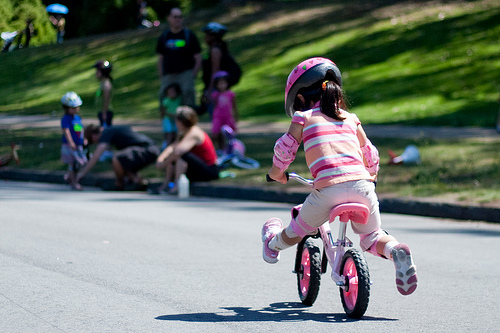by Mike Rosen | Mar 17, 2014 | Rosen
Once a year, my grown daughter and I, minus her kids, take a long weekend off in New York City. We take in a show, walk miles, eat more than we should, and find delight in the endless surprises the Big Apple always supplies. We did this again last weekend, and the experience was, as always, punctuated by the unexpected. But here’s one element of our jaunts through the Boroughs that, dazzling as it is, no longer takes us by surprise: art is everywhere. Literally everywhere. I’m not talking about the museums of the upper East Side – magnificent as they are. I don’t mean just the back-to-back galleries – flakey, friendly, futuristic and freaky – that seem to have colonized places like the 23rd Street and 25th Street on the West side. No; I really mean everywhere. Drawings are no less the surface and substance of New York than pavement and brick and gray slush. The act of drawing seems to be what New Yorkers do, as commonly and casually as they honk their horns, sing on the subways and call out to each other in all the languages of the planet. Begin a walk across the Brooklyn Bridge and look South at the projects and playgrounds. No wall is too small, too big, or too hard to access to be the canvas for an unofficial mural. Graffiti goes way beyond “Jake was here!!” to become brilliant chaotic expression of attitude, imagination and mood. (No money for paint, brushes, canvas or art school? So What! Steal a spray can.) Cross the Manhattan bridge and turn left on Bedford Street...

by Mike Rosen | Mar 1, 2014 | Rosen, Tactile Graphics
In the spirit of full disclosure, I’m an engineer. There it is; right up front; out of the closet. Among other quirks and peculiarities, this means that I tend to look at things schematically. I like words and they generally like me, but my bias is that if I can render an idea as a diagram, I feel more certain that it has some validity. Maybe this is not surprising, given that my company, E.A.S.Y. LLC, is inventing and marketing tactile drawing tools for blind people and people with low vision. But that’s a topic for another time. And so to the point. If there is one theme heard and echoed at virtually every NFB Convention my company partners and I (all sighted) have attended, national and affiliate, it’s captured in this simple assertion: a frequent obstacle to the development of independence in young blind people is low expectations. We hear this again and again, an NFB mantra. Phrases like “Let me do that for you” or “You’ll need help with that” or worst, “You won’t be able to do this” – this sort of spoken or demonstrated expectation of failure is an almost physical barrier to growth. Well OK; sounds plausible. But how to integrate this with my mental graphic of what I have witnessed, for example, in the development of my own (sighted) children and now grandchildren. My diagram had looked like a circle. A the top, the youngster takes a courageous gamble and tries something new – riding a two-wheeler for example. A one skinned knee later, to her surprise, she’s riding without Dad holding on....



Recent Comments